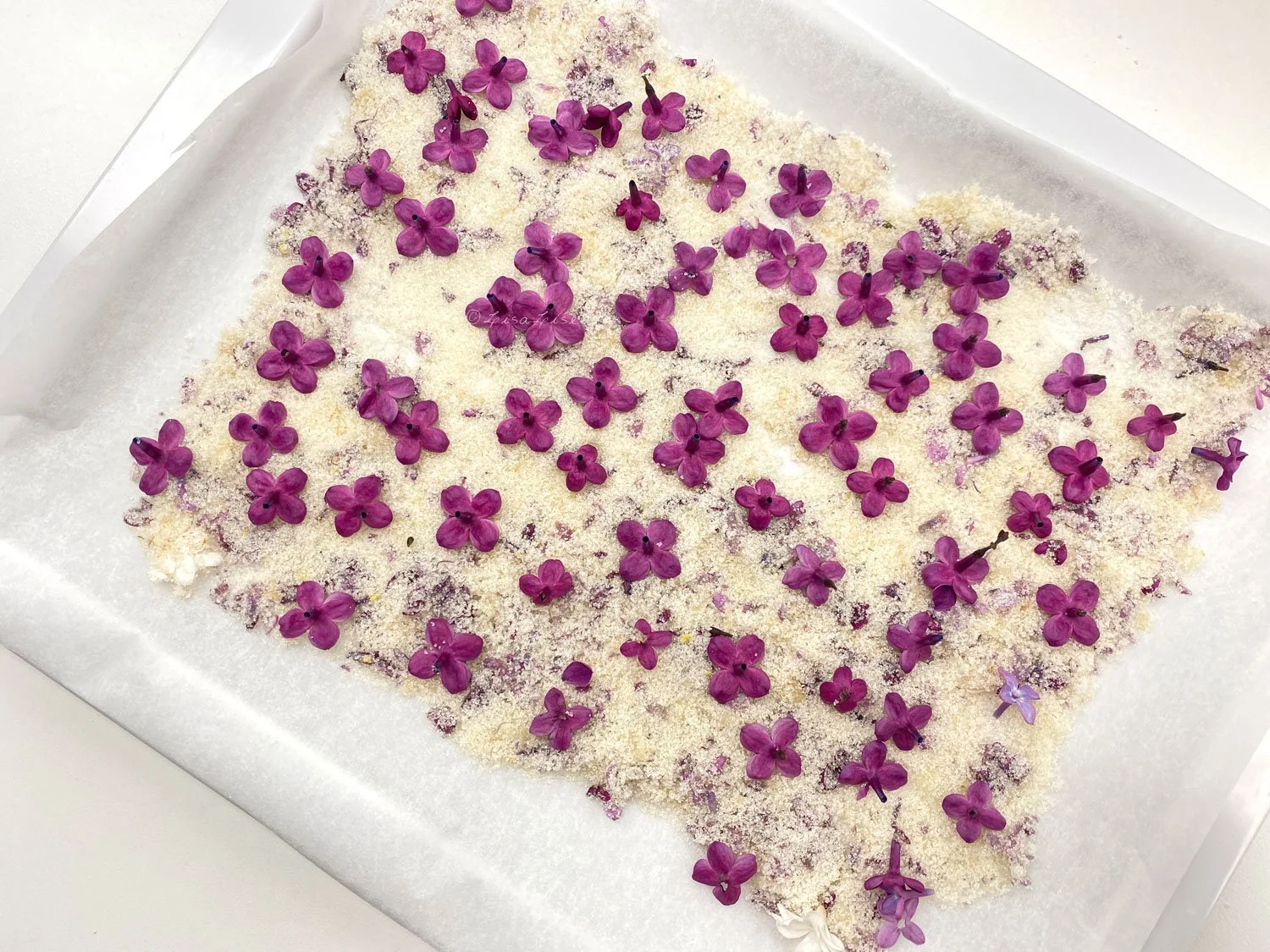Why Get Started Making Plant Extracts for Cosmetics
Lise
Learning how to make your own extracts for cosmetics is both super easy and at the same time not as easy as it might appear. The basics can quickly be outlined, but it takes dedicated practice to master.
I have been making all kinds of herbal extracts (specifically for cosmetics) for many years, but would still not call myself a master. Maybe I will in a few more years or so, but meantime, I am constantly learning and discovering new plant synergies, refining my methods and trying different raw materials.
In truth, learning how to make extracts of all kinds has proven to be as involved, multifaceted, and fascinating as learning how to formulate natural cosmetics.
All You Need is to Want To
While making extracts could be described as 'a journey with no end in sight', it really is easy to get started – it doesn't require much more than raw desire (and no special equipment is needed).
And it can't be dismissed that having the ability to compose and produce your own botanical extracts with confidence is truly empowering.
So where does one begin?
There are countless fabulous raw materials to work with - from botanicals to spices to fresh vegetables and fruits. There are numerous solvents to choose from: oil, vinegar, alcohol, glycerine, water – and it's even possible to combine solvents in different ways.
There is also an entire range of method options; from a simple infusion that is ready within an hour to an overnight slow-heat maceration to a several-step multi-medium process that takes weeks.
Which is best? Or most correct?
They might all be.
It depends entirely on what you want to achieve
an all natural colorant for your emulsion?
a powerful antioxidant for your face serum?
a natural fragrance for your balm?
a skin soothing addition to a shower gel?
All of these (and much much more) are possible with the right extract.
Can you see what I mean by a journey with no end in sight?
The Perfect Extract Starts in Your Mind (and Notebook)
Allow me to give you a tip about getting started: It's much easier to approach extract making if you know the intended end use before you start pulling out equipment and raw materials.
When you have a clear vision of what you expect your extract to do and (where you expect it to function), you will have laid the groundwork for which solvent, production method, and raw materials to focus on.
Example: a (water-soluble) glycerite is going to be a much better match for a skin mist than an anhydrous product that would require additional ingredients in order to be incorporated into the formulation.
Why Don’t You Tell me Everything?
One of the reasons I wrote the book Get Started Making Plant Extracts for your Cosmetics was to offer an overall introduction to the vast world of extract making - because it is truly an area where the possibilities are endless.
Not long ago, a customer wrote and asked me why there aren't there any specific amounts listed or detailed method instructions in the book.
It's a perfectly understandable question.
One would imagine it shouldn't be all that much effort to include an easy peasy guideline for each type of extract as the book includes a description of different solvents.
Here's what I replied:
"When it comes to making extracts (regardless of whether they are oil, water, vinegar, glycerine, alcohol or mixed medium), ingredient quantities are going to vary greatly and will always depend on which raw material (as well as the condition of the raw material), which solvent(s), and which extraction method or combination of methods is used. A 'general guideline' with listed amounts would have to include so many exceptions-to-the-rule that it would quite simply not be useful.
I am guessing it would take me a few years to write a comprehensive guide to extract making for cosmetics (and that probably wouldn't even cover everything)."
She wrote me back that she 'appreciated learning that there was more to this than meets the eye' and 'that's probably why so many of the things that you try on the internet turn out with mixed results'.
Explaining the complexities of extract making without making everything seem too arduous is a bit of a balancing act I still struggle with, because making extracts for cosmetics it is not difficult when you are confident about what you're doing. The best news? It doesn't take too terribly much effort to get to the point where you do feel confident.
Want to Get Started?
If you are an absolute beginner to extract making and want an overview, this e-book is for you.
If you want to get started with an overview as well as get busy making right away, this e-book bundle offer is for you.
Additionally, you will find specific listed amounts, calculation charts, and detailed information on the complete process of some different extract types in the books below.
I’d like to extend my kind gratitude to Lorena for inspiring me to write this article.
LisaLise Books With Specific Extract Formulations
The shampoo book has a section on making vinegar tinctures (that are used in the formulas in the book)
The book below has a section on making vinegar tinctures (used in the formulas in the book), and it’s also available in Spanish here
The bath book has a section on making aromatic powders (used in the formulas in the book)
The balm book has oil infusion and (some) glycerine infusion instruction for the formulas in the book
The glycerites book is a complete guideline to making glycerites

















